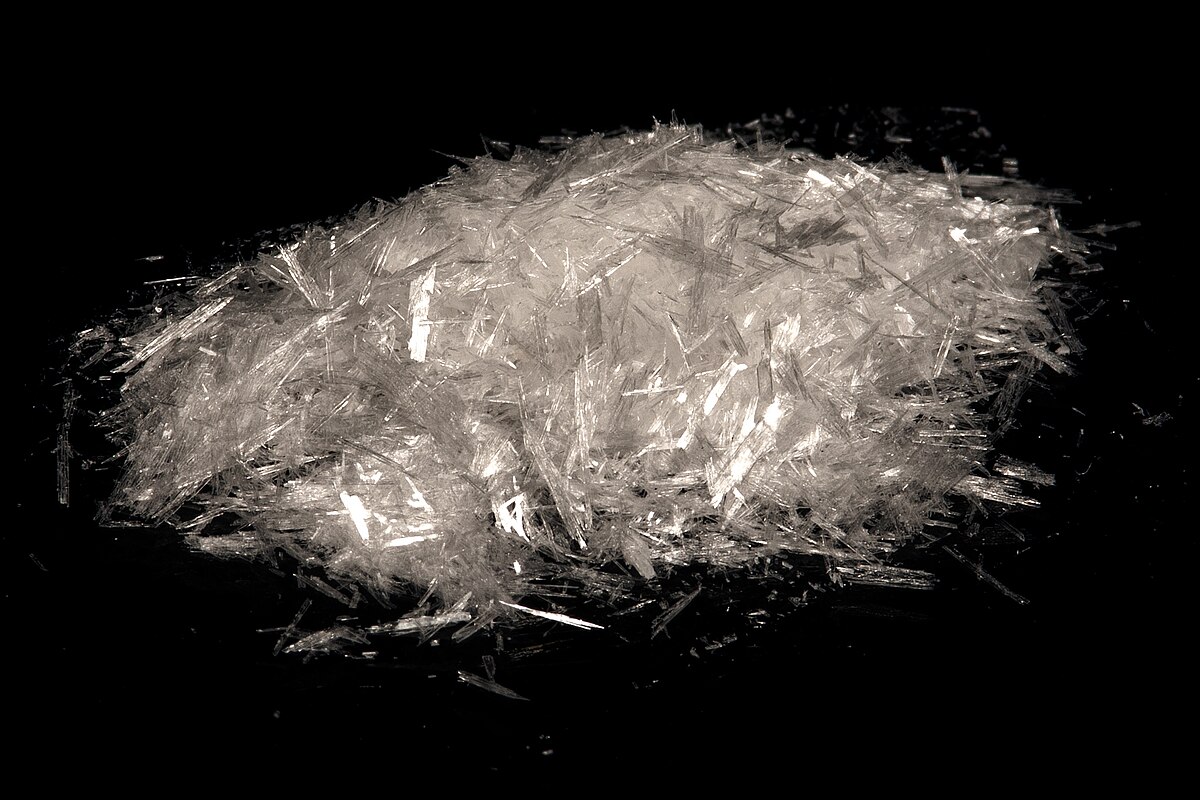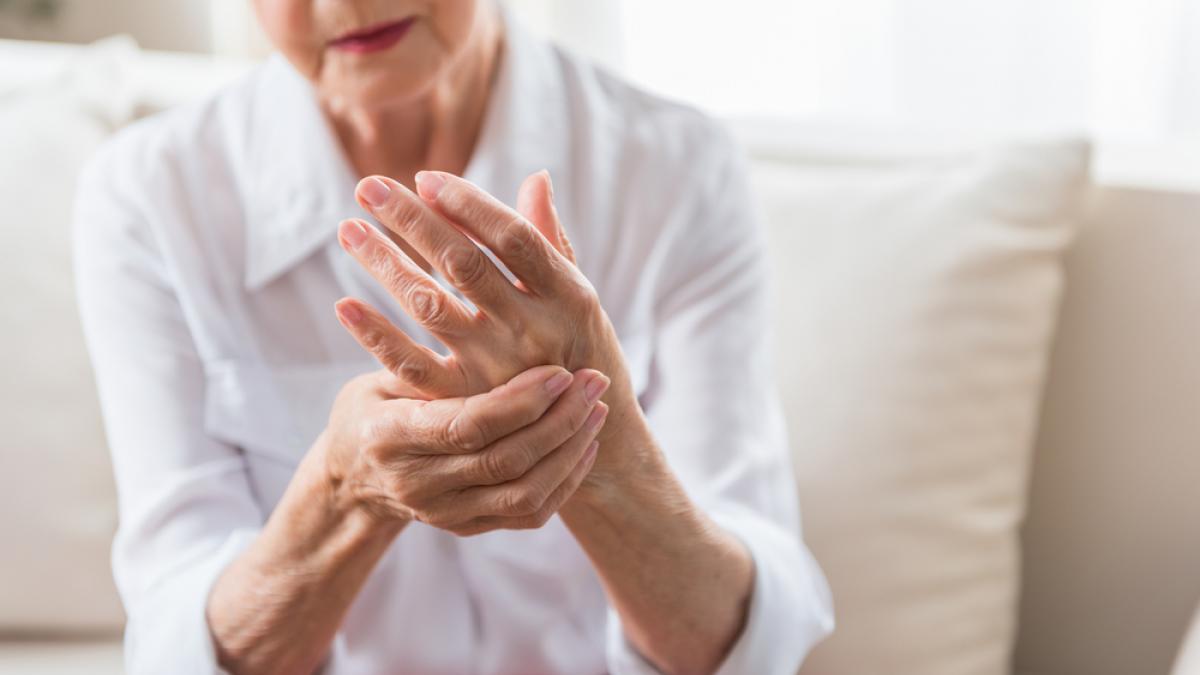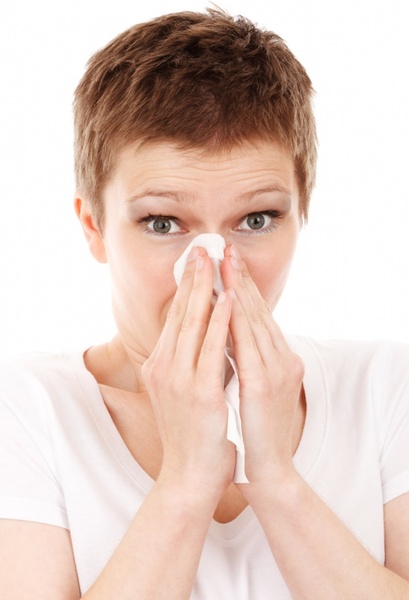This article will soon be published on Hines Homeopathy
Homoeopathic treatment has proven to be successful for asthmatic patients; however, it is important to remember that a severe attack can lead to fatality. Therefore, care must be taken when monitoring and treating the condition, following established orthodox guidelines of good practice. “Attacks” of asthma tend to occur at night due to mucus buildup in the airways with lying down.
Asthma is an ailment that affects breathing, characterised by a reversible narrowing of the airways.
There is an inclination to label asthma as a definite diagnosis when in reality it is a range of conditions, wherein transient narrowing of the small airways is the major symptom. This physiological phenomenon can be attributable to a variety of causes, such as allergy, infection, change in temperature, emotional upsets, smoke and other factors such as physical and/or psycho-neuroendocrine rooted. This suggests that the systems controlling such inconsistent responses in the lungs are complex.
Genetics may be a major contributor to asthma in some people. Children of mothers who took paracetamol on most days or every day during the last trimester of pregnancy are likely to be more prone. On the other hand, children brought up in overly clean conditions may also carry an increased risk. Yet, early exposure to mycobacteria has been linked to a lower incidence of asthma. Antibiotic use in babies may also be a cause for the development of allergies and other conditions. (https://edition.cnn.com/2020/11/16/health/baby-antibiotics-linked-to-illness-wellness/index.html?fbclid=IwAR13Sh73QJNQvgJ09EXsel72zvAfsfHN1gcET-o_O1eYRffl2yrd_yhNRls)
It is essential to monitor asthma treatment carefully. A homoeopathic practitioner and/or doctor can help determine if the issue is more likely rooted in an allergy, infection, or other systemic issues. Blood tests and skin-prick allergy testing may be tools that proved to be beneficial when assessing the root cause.
Responses to environmental factors such as heat, cold, humidity and exercise; cycles related to stress, menstrual phases, drugs, inhalants, sleep/waking and the seasons can all be important factors in diagnosing asthma and its treatment and devise a treatment plan which can include several remedies prescribed over time but one remedy prescribed at a time.
Homoeopathy can be beneficial in diminishing acute exacerbations of the condition, as well as addressing its underlying causes, which decreases the odds of having another episode of asthma in the future. For homoeopathic treatment to be effective, it is important to work with a qualified practitioner and to remain committed to the course of treatment in order for it to be effective.
Homoeopathy does not employ a generic remedy for all; instead, it operates on the principle of finding the right medicine to match your unique symptoms.
Here are examples of three remedies ( out of many ) that can help with asthma:
Arsenicum album: People needing Arsenicum album often experience an attack between midnight and 3 am, feeling relieved when sitting up. Restlessness and anxiety are usually present, accompanied by a burning feeling in the lungs. When coughing up mucus it will usually appear frothy.
Kali Carbonicum: Individuals who may benefit from Kali carbonicum suffer from asthma which often gets worse between 2 am and 4 am. Characteristics of these individuals include being practical and level-headed, yet may be touchy and don't enjoy solitude. Furthermore, breathlessness can be accompanied by palpitations, for which the asthma is often alleviated by sitting up or leaning forwards.
Natrum Sulphuricum: In cases of people where asthma worsens in damp weather. Its symptoms include a rattling sound in the chest, coughing, and profuse secretion of thick and ropy mucus with a greenish tinge. Furthermore, it is useful for asthma attacks that occur after physical exertion.
It also provides considerable relief for morning asthma attacks at around 4-5 am, accompanied by chest soreness on coughing and glairy expectoration. Additionally, it is widely employed to manage asthma in children as well as difficulty in breathing while walking which becomes less severe with rest.
To wrap it up, according to an important study published in the New England Journal of Medicine, there was no difference in asthma or morning breath rates between individuals who use their corticosteroid medications daily (continuous) as prescribed and those who use them intermittently. This study suggests that daily use of corticosteroids may not be necessary and this is good news as these medications have some serious side effects. These long-term side effects include a 1 inch reduction in height per year in children and loss of bone density later in life. (Source: https://pubmed.ncbi.nlm.nih.gov/15829533/)
In a scientific research, published in 2019, a double-blind, randomised, placebo-controlled clinical trial was conducted evaluating the effectiveness of individualised homoeopathy on bronchial asthma in adults (Source:https://www.sciencedirect.com/science/article/abs/pii/S2212958817301015)
This study examined whether usual care plus individualised homoeopathy can produce significantly different treatment effects compared to usual care plus placebo in adults suffering from bronchial asthma.
The researchers' conclusion was:
Patients who received usual care and individualised homoeopathy produced significantly better effects than The usual care and placebo in this study, indicating that homoeopathy appeared superior to placebo.
I offer a 15-minute to talk about your treatment. You can get in touch here to discuss how I can help you.
Read further: What Homeopathy is not
Read : Testimonials
Read Difference Between Acute and Chronic Illness







